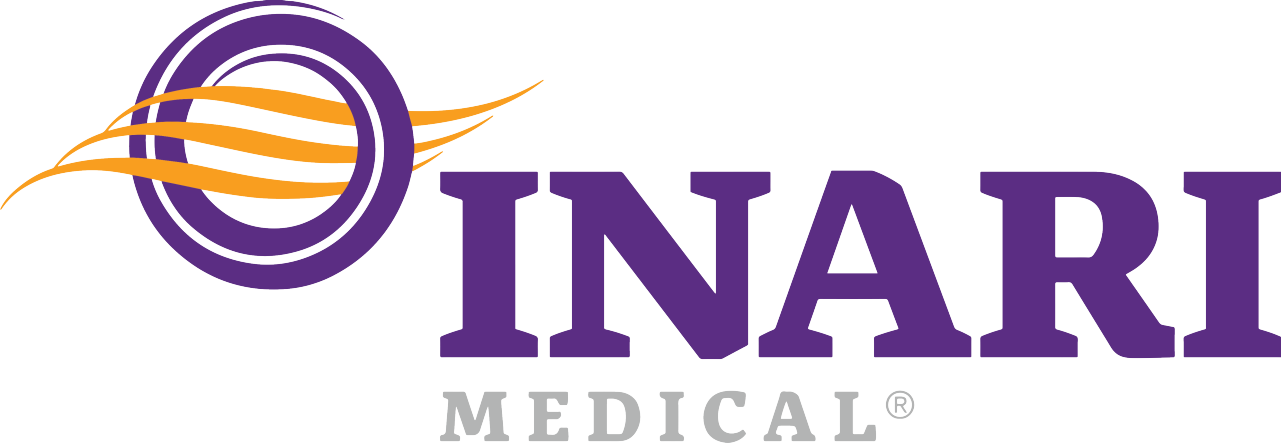Auto logout in seconds.
Continue LogoutVenous thromboembolism (VTE), which includes deep vein thrombosis and pulmonary embolism, affects an estimated 300,000-600,000 individuals in the U.S. each year, causing considerable morbidity and mortality. Venous thromboembolism (VTE) is a condition in which a blood clot forms most often in the deep veins of the leg, pelvis, or arm (known as deep vein thrombosis, DVT) and travels in the circulation, lodging in the lungs (known as pulmonary embolism, PE). VTE patients are typically underdiagnosed and experience care delays. This is particularly concerning for health systems, as these patients often have higher morbidity and mortality rates and commonly experience complications and lingering effects of the disease. Covid-19 has only exacerbated the problem, as thrombotic events that frequently occur in Covid-19 patients are predominantly VTE and are associated with increasing disease severity and even worse clinical outcomes.
VTE on average is associated with incremental direct medical costs of $12,000 to $15,000 among first-year survivors1. Subsequent complications are estimated to increase cumulative costs to $18,000–23,000 per incident case. Annual incident VTE events conservatively cost the US health care system $7–10 billion each year for 375,000 to 425,000 newly diagnosed, medically treated incident VTE cases2. As a result, VTE poses a considerable burden on health systems.
The status quo isn't enough—the harsh reality of VTE care
The current strategies to address VTE are insufficient to meet these challenges. Systems have paid insufficient attention to quality of outcomes—these are often untracked and are left to be measured on a system-to-system basis. Because there is an association of the disease with a variety of other disease states, the disease is seen across many specialties, but there is no strong referral pattern for the management of VTE/DVT patients. Instead, they are often managed by providers with limited expertise, who try to treat the patients themselves with anticoagulants. This means that no one specialty develops strong expertise in its treatment and no single specialty is positioned to serve as a champion for alternative approaches.
There is also limited guidance related to patient selection and standardization of care, as manifested through VTE-specific care pathways that are universally accepted by the array of clinical stakeholders who treat VTE. The problem is most pronounced in CV services, where interventional cardiology, interventional radiology, and vascular often all see VTE patients, leading to lower volumes for individual providers, and ultimately adversely impacting the quality of care. Additionally, the focus on VTE remains primarily inpatient versus cross-continuum. This condition is treated episodically, rather than as a potentially recurring condition with discernable risk factors and because of this, loss-to-follow up is common, leading to further complications and increased morbidity and mortality.
In fact, one study demonstrated that over one-third of patients diagnosed with venous thromboembolism at their institution were lost to venous thromboembolism-specific follow-up. This suggests that significant improvement could be achieved by establishing a pathway for the targeted transition of care to a venous thromboembolism-specific follow-up clinic.
Centers of Excellence models pose hope for improvement
Center of excellence (COE) models for VTE have allowed programs to ensure that patients are appropriately identified, triaged, and treated with minimal variance, in keeping with the guidance of standardized care pathways. As a result, systems employing VTE COEs have been able to increase their overall VTE volumes and improve the outcomes for patients seen within the COE. The most important outcome of COE models are that they have the capability to perform the right state of the art procedure at the right time for the right patients. This incredible innovation in the PE/DVT space recently has created significant disruption in traditional conservative management-focused treatment paradigms.
Keys to success in this space include coordination across all providers seeing VTE patients, pre-existing relationships with individual program physicians and in subspecialities, provider and patient education, and standardized protocols for patient identification and triaging. Systems should be prioritizing putting in place mechanisms for early identification, administering adequate training for those tasked with managing VTE/DVT, and integration into other care pathways where DVT/VTE represents a common comorbidity. Additionally, creating the design of an appropriate multidisciplinary approach to management and utilizing a cross-continuum approach encompassing inpatient, outpatient, and community care, with adequate discharge and post-discharge strategies will be pivotal to ensure that patients are not lost to follow up.
Click here to download this article in PDF format.
End notes
1Grosse SD, Nelson RE, Nyarko KA, Richardson LC, Raskob GE. The economic burden of incident venous thromboembolism in the United States: A review of estimated attributable health care costs. Thromb Res. 2016;137:3-10
2Grosse SD, Nelson RE, Nyarko KA, Richardson LC, Raskob GE. The economic burden of incident venous thromboembolism in the United States: A review of estimated attributable health care costs. Thromb Res. 2016;137:3-10
Sponsored by Inari
Inari Medical is a commercial-stage medical device company focused on developing products to treat and transform the lives of patients suffering from venous diseases. Inari's initial product offering consists of two minimally-invasive, novel catheter-based mechanical thrombectomy devices. Inari purpose-built its products for the specific characteristics of the venous system and the treatment of the two distinct manifestations of venous thromboembolism, or VTE – deep vein thrombosis and pulmonary embolism. The ClotTriever product is FDA-cleared for the treatment of deep vein thrombosis, or DVT. The FlowTriever product is the first thrombectomy system FDA-cleared for the treatment of pulmonary embolism, or PE.
This report is sponsored by Inari Medical, an Advisory Board member organization. Representatives of Inari Medical helped select the topics and issues addressed. Advisory Board experts wrote the report, maintained final editorial approval, and conducted the underlying research independently and objectively. Advisory Board does not endorse any company, organization, product or brand mentioned herein.
To learn more, view our editorial guidelines.

This blog post is sponsored by Inari Medical. Advisory Board experts wrote the post, conducting the underlying research independently and objectively.
Don't miss out on the latest Advisory Board insights
Create your free account to access 1 resource, including the latest research and webinars.
Want access without creating an account?
You have 1 free members-only resource remaining this month.
1 free members-only resources remaining
1 free members-only resources remaining
You've reached your limit of free insights
Become a member to access all of Advisory Board's resources, events, and experts
Never miss out on the latest innovative health care content tailored to you.
Benefits include:
You've reached your limit of free insights
Become a member to access all of Advisory Board's resources, events, and experts
Never miss out on the latest innovative health care content tailored to you.
Benefits include:
This content is available through your Curated Research partnership with Advisory Board. Click on ‘view this resource’ to read the full piece
Email ask@advisory.com to learn more
Click on ‘Become a Member’ to learn about the benefits of a Full-Access partnership with Advisory Board
Never miss out on the latest innovative health care content tailored to you.
Benefits Include:
This is for members only. Learn more.
Click on ‘Become a Member’ to learn about the benefits of a Full-Access partnership with Advisory Board
Never miss out on the latest innovative health care content tailored to you.

